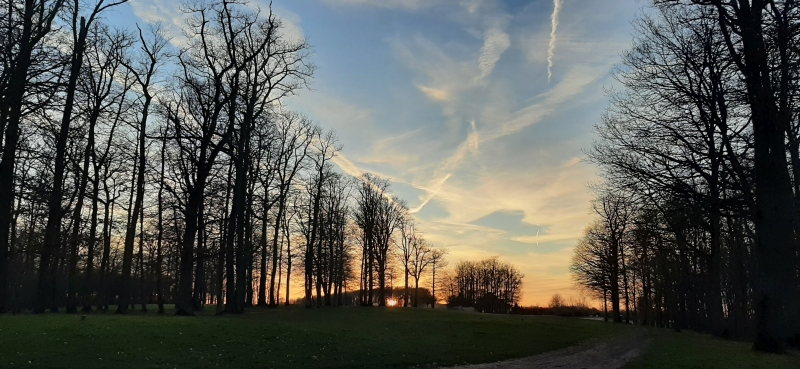It’s probably a never-ending quest: the desire to understand and gain clarity.
There is too much to know in the world to be able to reach a state of understanding and even more so a sense of clarity in several bodies of knowledge.
The set of experience and knowledge we are equipped with contains too many flaws. Flaws in the sense that we’ve enabled ourselves to understand something using a specific vocabulary but often without having a different world helping to clarify the meaning of both words. And also flaws in the sense that the richness of our vocabulary is limited compared to the richness of experience and knowledge that exists. Those flaws are imperfections and at the same time pragmatical solutions to be able to express oneself.
The more I think about the difference in concepts that find themselves represented by words that are often used interchangeably, the more I’m astonished at our human ability to communicate as effectively as we do.
A pair of words that triggered this reflection? It was pain and suffering. The context that made me aware of a way to distinguish them was a Buddhist saying: “Pain Is Inevitable; Suffering Is Optional”.
Reviewing these words in the Merriam-Webster dictionary does show how both words can be used interchangeably. Suffering is described as “pain” as well as “the state or experience of one that suffers.” Pain can be described as “a localized or generalized unpleasant bodily sensation or complex of sensations that causes mild to severe physical discomfort and emotional distress and typically results from bodily disorder (such as injury or disease)” and also “the state marked by the presence of such sensations.” Pain can lead to suffering, whereas suffering implies pain.
In the Buddhist context there is the suggestion to distinguish the experience of pain from the way we perceive that pain, that is the suffering that comes with the pain. The stoics would probably have come to a similar interpretation. Our response to a situation is what we can choose.
The context we are in is something we can’t choose. But we can make ourselves aware of our assumptions and how they contribute to an illusion of clarity. One we may not doubt often enough out of a desire for certainty.


